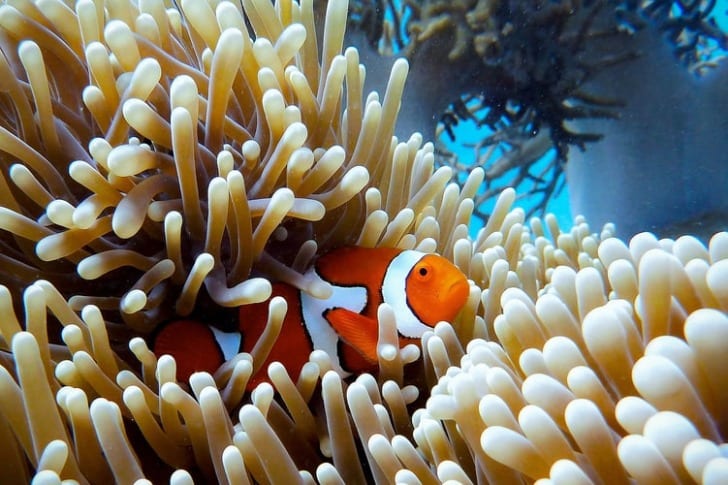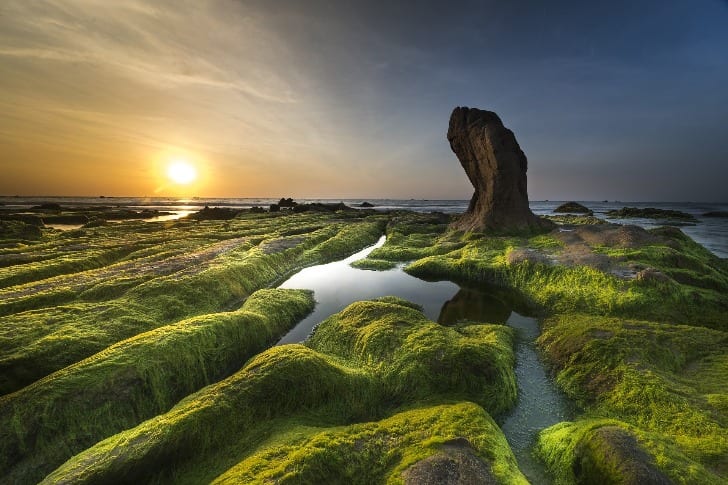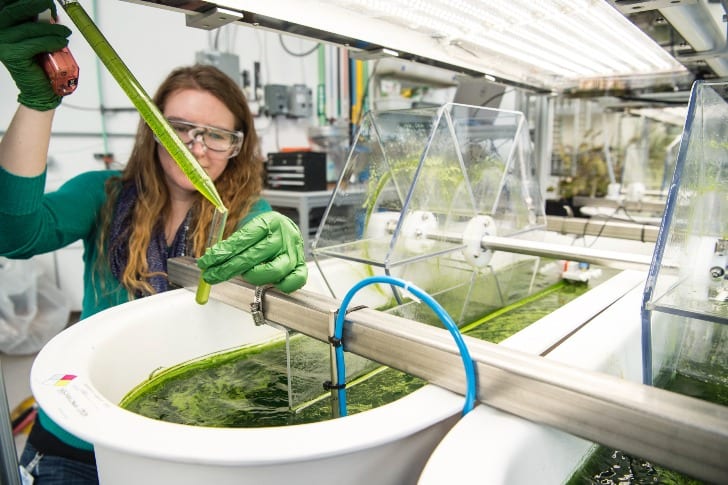It doesn’t take a Greta Thunberg to know that the coral reefs are in a dire situation! Scientists in Australia have stated that the Great Barrier Reef suffered yet another bleaching episode, for the third time, in half a decade.
This time around, the bleaching seems to be more rampant than those which are created by marine heatwaves – an episode that halved the coral cover across the reef.
The phenomenon is being witnessed across the world, matching the growing intensity and frequent occurrence of marine heatwaves. Even in a utopian scenario where we manage to stop the emission of greenhouse gases, corals would suffer an uncertain fate. A temperature jump of just a few degrees can be catastrophic for many of these creatures.
It is the reason why marine biologists across the globe are finding out means to buy some time, and enhancing their symbiotic algae can be an effective method to do that.
What is Coral Bleaching?

Giorgia Doglioni/Unsplash: The Great Barrier Reef is the world’s largest coral reef
Corals are tiny beings, little oceanic polyps that are distant relatives of anemones. The bright-colored structures that are rocky and have branches form the bottom of the reef and consist of hundreds of polyps. They secrete a hard calcium carbonate skeleton and derive their color from an alga named zooxanthellae.

Quangpraha / Pixabay: When Oxygen species are created algae trigger bleaching
The algae are their source of food that gives them sugars produced through photosynthesis. In turn, the corals give the zooxanthellae shelter and copious amounts of carbon dioxide.
This partnership goes for a toss as heatwaves come into the picture! When temperatures become too high, the process of photosynthesis breaks down, and toxic molecules termed as reactive oxygen species are produced.
The algae stop taking the support of corals and leave white skeletons behind — this is known as coral bleaching. If the water temperature does not come down, the corals start to starve and subsequently die.
What Was the Experiment All About?
An ecological geneticist based out of the University of Melbourne, Madeleine van Oppen, heads a project that aims to find out if the symbiotic relationship between algae and corals can be enhanced. Along with her team, she took a specimen of zooxanthellae and placed in 10 different tanks of a laboratory by separating them.
For a period of four years, they bred the algae in a warm-water environment of 88ºF. It was observed that each container underwent close to 120 asexual generations. Every cell division presented a chance for mutation, which could result in potentially advantageous traits.
What Was the Result?

Based on the findings, a series of experiments were conducted to create algae that have better heat tolerance. Madeleine’s team is yet to test if the symbiosis can happen in adult corals, similar to the baby polyps that were used in the lab. If everything goes well, we could soon see lab-bathed algae being used to re-seed the reefs affected by heatwaves.
While the research and findings are truly groundbreaking, this is only a means to buy more time in the interim. Madeleine states that addressing climate change and greenhouse gas emissions are the only sustainable solutions that can help in the long run.




